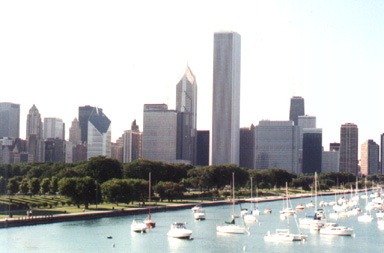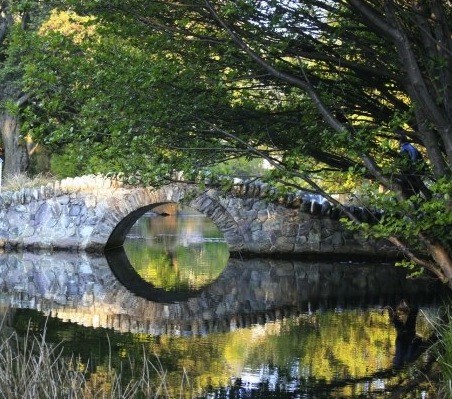Chicago's Grant Park

Do
urban spaces require, or just become enhanced by adjacent woodlands?
Shown in the photograph above, Chicago's Grant
Park exists because of an earlier generation's vision (1890s) was implemented and became a playground for the next and subsequent generation's edification.
What are we leaving your children in the way of parks?
Parks are the tacit reminder of more enduring and tangible relations that nourish life. By these we mean the forests and waterways
where wildlife and fisheries can thrive together with and may even elevate the human spirit.
Are we aware that we in this generation have not left behind the sort of parks commensurate with our destructive, damaging and disturbing influences on the world's land, air, and waters?

Holt Mettam's photograph of a stonebridge.
All cities need water, electricity, sanitation and public health to such reliable and ongoing degrees that parks can become more than mere open space, untaxed land, set aside for public enjoyment. As a lesson in the necessity of and a reminder of outdoor conditions parks can remind users of the need for water because forests and shrubbery form what geologists call watershed. Watersheds are protected by vegetation so that water falling as rain, or snow seeps onto the earth deep into underground reservoirs only to emerge where the pressure gradient changes into springs that feed streams and rivers. More than mere back-drops the urban parks are necessities for physical health, mental agility, and the ecological stamina needed to replenish ecosystem services that sustain human communities while functionally nourishing fisheries and wildlife.


